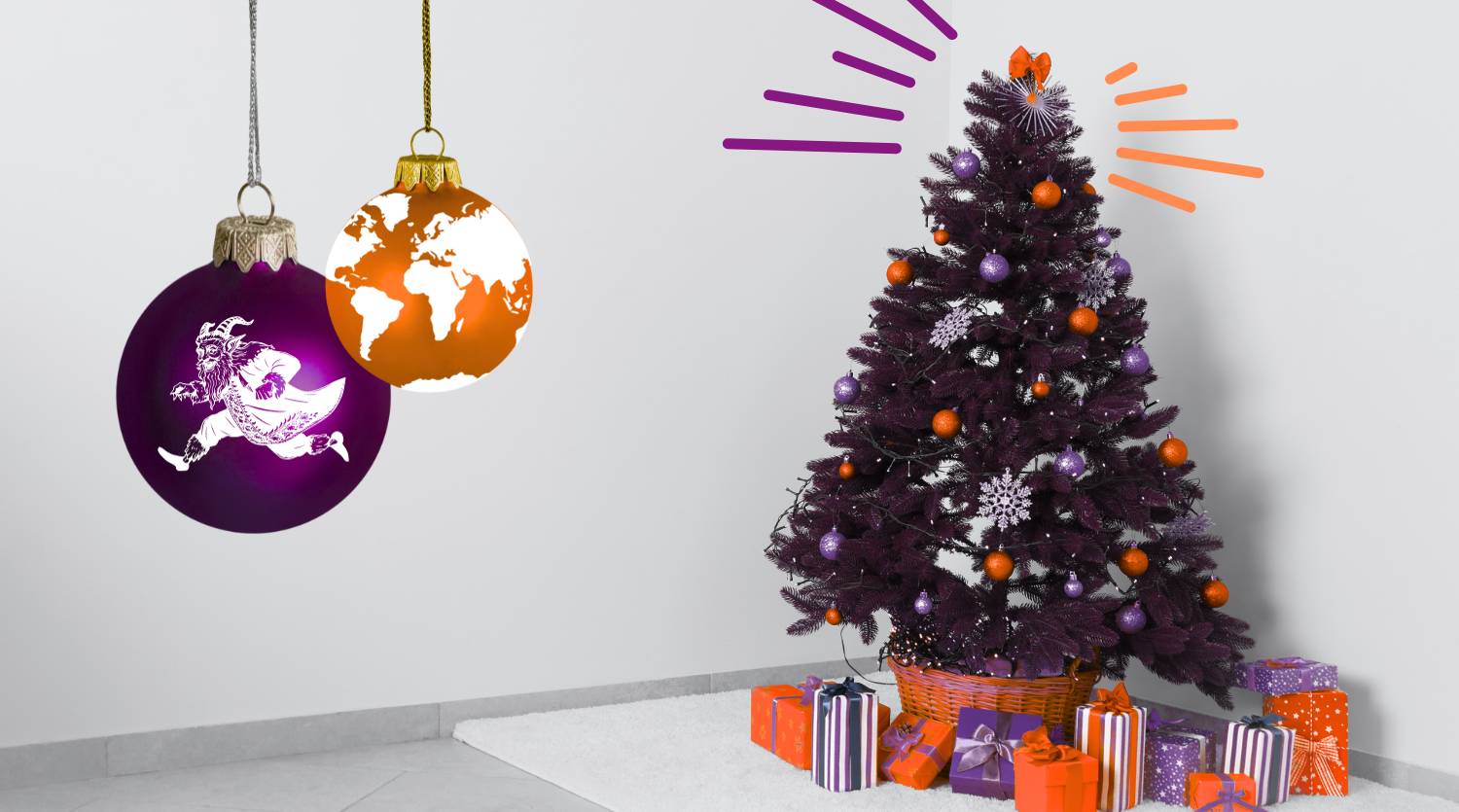Leveraging language on social media for travel marketing
Facebook alone has 1.52 billion active users every single day. Brands on social media have the potential to access massive audiences, but to engage with the relevant customers, you need to get the fundamentals right. That means, among other things, finding the appropriate tone of voice and communicating in a way that connects with your target demographics.
A brand’s tone of voice, use of language, and communication style are all particularly important in the travel industry, where consumers want to feel inspired and emotionally driven to visit certain places or try particular experiences.
Social media is one of the most powerful platforms to make these sorts of meaningful connections with audiences, so are you prepared to make the most of it?
The power of social for travel marketing
Travel brands arguably have more to gain from social media than any other marketing or advertising medium. From hotels and airlines to tourist boards and tour operators, all types of businesses can find ways to build their brands and improve customer engagement on social channels.
In the 2019 Report on Travel Advertising from Sojern, Marina Suberlyak, head of marketing for North America at Norwegian Airlines, said social media is uniquely equipped to meet the needs and interests of consumers in the travel sector.
“People travel because they want to have experiences,” she said. “It is a social, visual, experiential undertaking, and social media really fits that.”
Ms Suberlyak also revealed that her business will be investing more in social in 2019, with a particular focus on Facebook and Instagram.
This was a fairly consistent trend throughout the report. More than 600 travel marketers were surveyed, 69 per cent of whom thought Facebook and Instagram were the best channels for brand-building, ahead of paid search, video and mobile. Nearly six out of ten (58 per cent) said these were the most effective platforms for direct response.
Other findings showed that around 80 per cent of travel brands used Facebook ads in 2018 and more than 60 per cent plan to use them in 2019. Nearly half of respondents said they were set to use the Facebook Stories function for advertising in 2019, up from around 40 per cent who used it last year. Instagram Stories is expected to see a similar increase in adoption.
Snapchat, Pinterest and Twitter are not generally viewed in the same league as Facebook and Instagram when it comes to branding and marketing, but even so, all three are set to feature more travel advertising this year than they did in 2018.
Social media is clearly a competitive and increasingly dynamic space, where businesses hoping to gain traction need to think carefully about how they design their content to achieve maximum engagement with their target audience.
Why you need to get language right on social
The way your business uses language will prove vital to the returns you receive from investment in social media marketing.
Images and video have huge potential to capture people’s attention and draw them in, but words have an unrivalled power to build emotional engagement. Through language, you can demonstrate your understanding of why travel is so important to so many consumers, and how your product can add to their experience.
Given the global nature of the travel industry, one of the challenges you need to consider is making these emotional connections in a number of different languages. Firstly, you want to feel confident that all of your marketing content is entirely relevant and appropriate to each market you enter, which requires expert localisation. Language that feels unnatural or has basic errors in grammar or syntax will instantly put people off your brand.
Going further, specialist services such as international SEO can help to ensure you are achieving the highest levels of online visibility in your key locations around the world.
Fundamentally, your business should be aiming to deliver the strongest, most effectively tailored content on channels where most consumers spend their time: social media and online.
As Lilian Moschidou, marketing director at tourist board This is Athens & Partners, told Sojern: “It’s really important to find your audience and then be there, where they’re most interested and engaged.”
To find out how Locaria can help you achieve these goals, give us a call on +44 (0)20 3948 6800, or share your contact details so we can get back to you.



